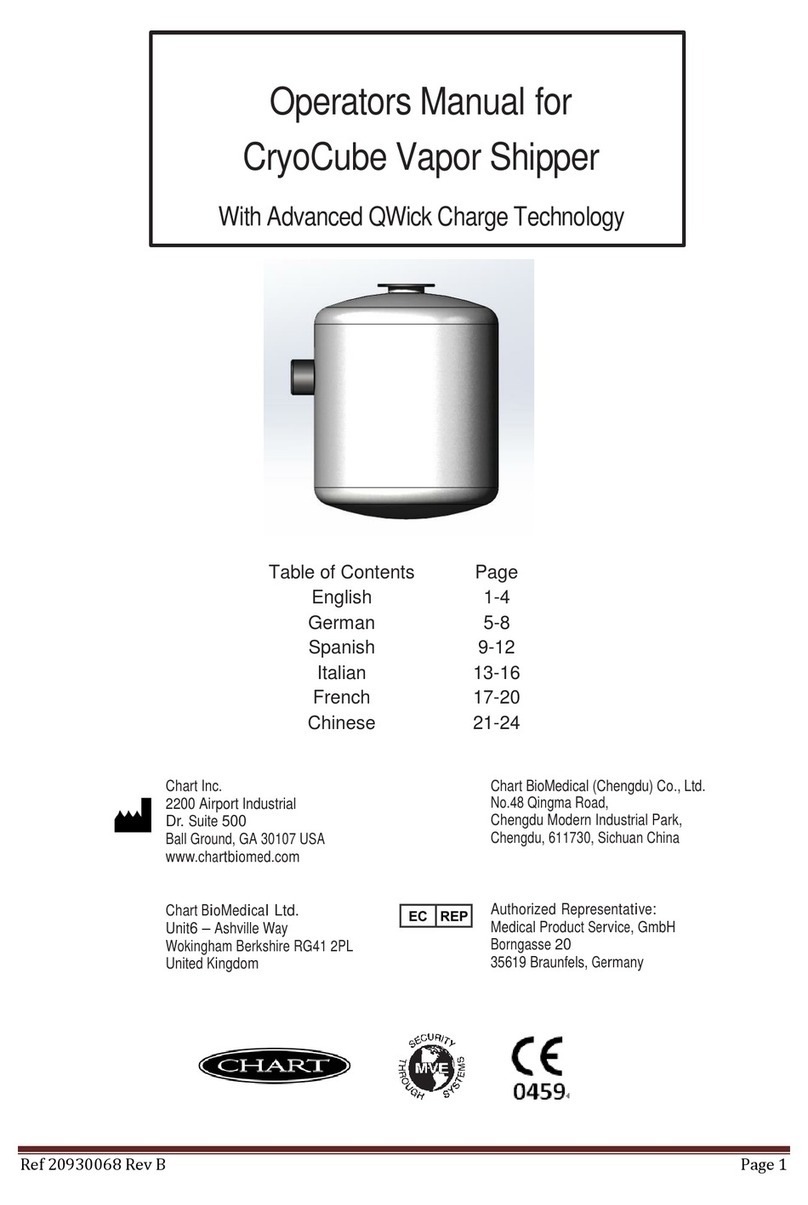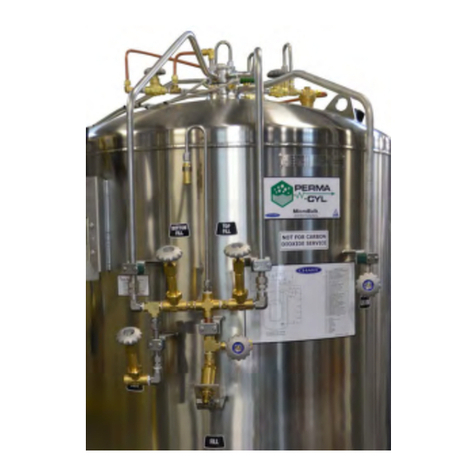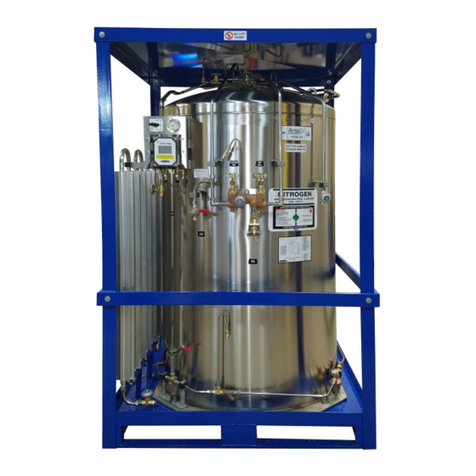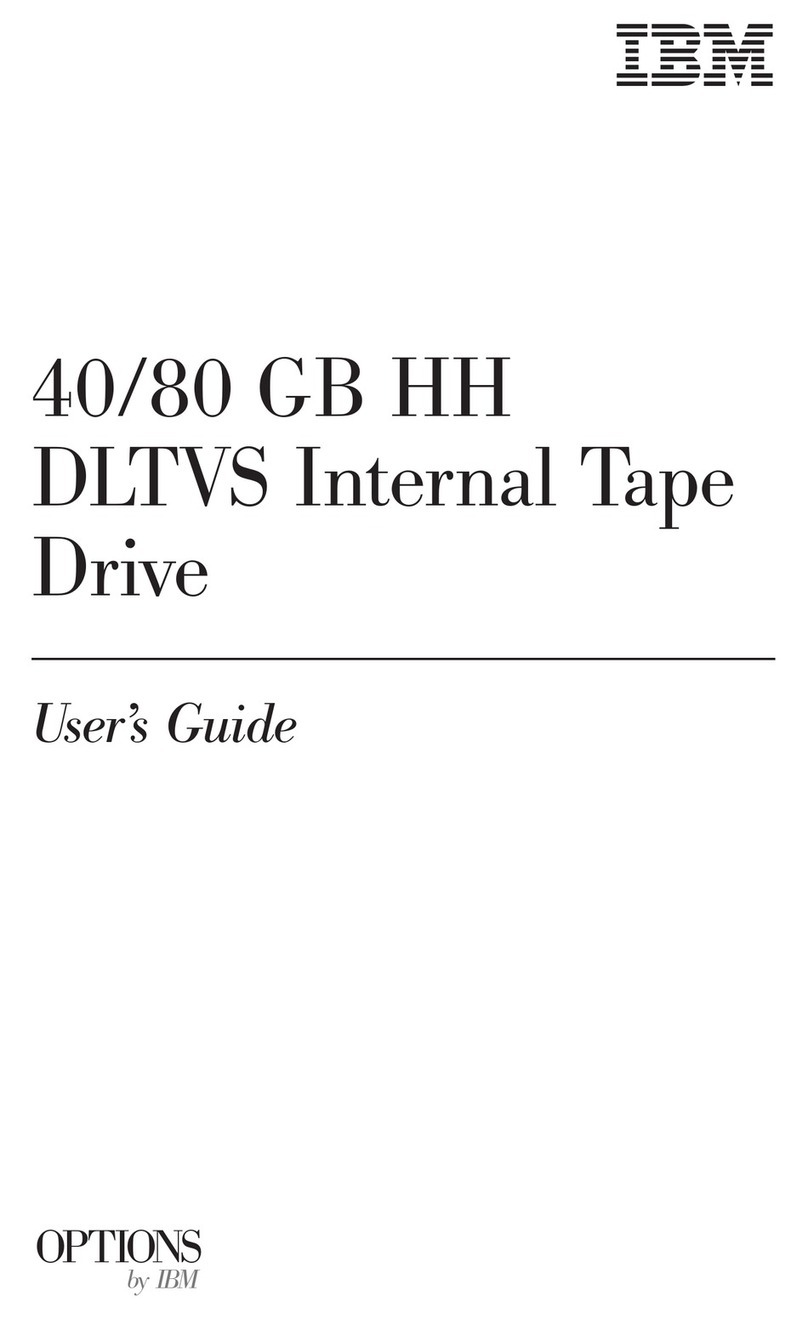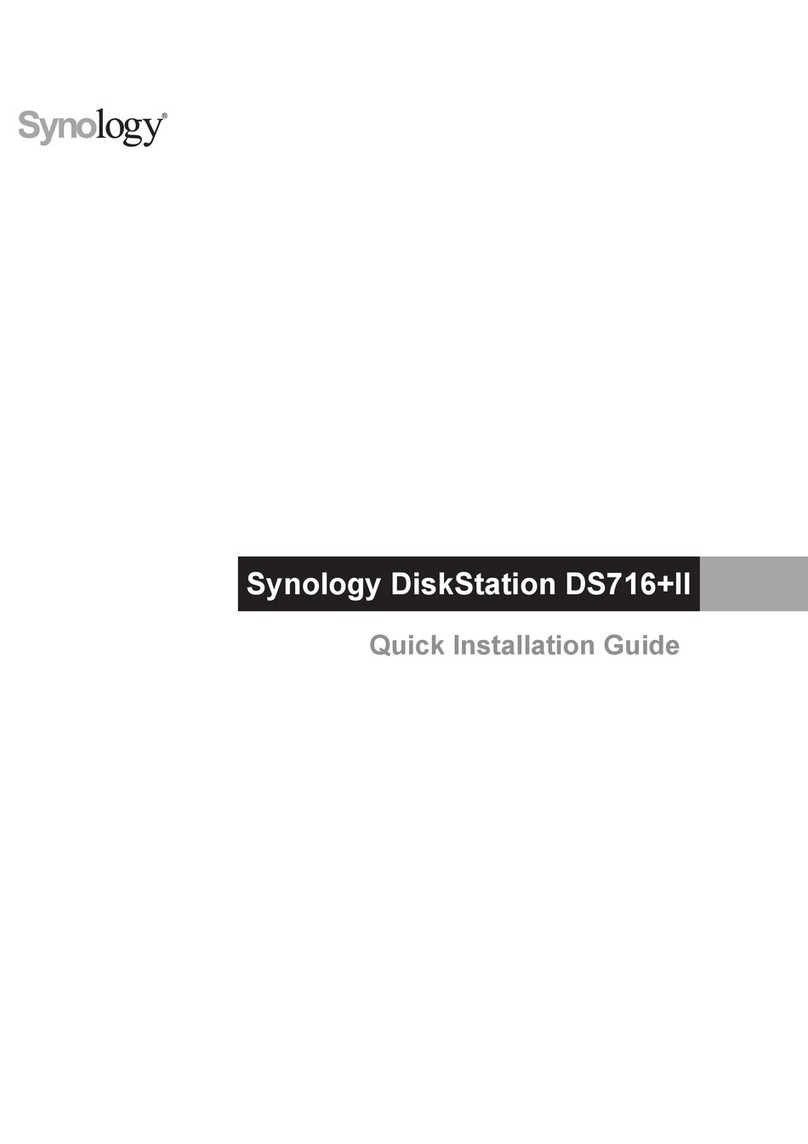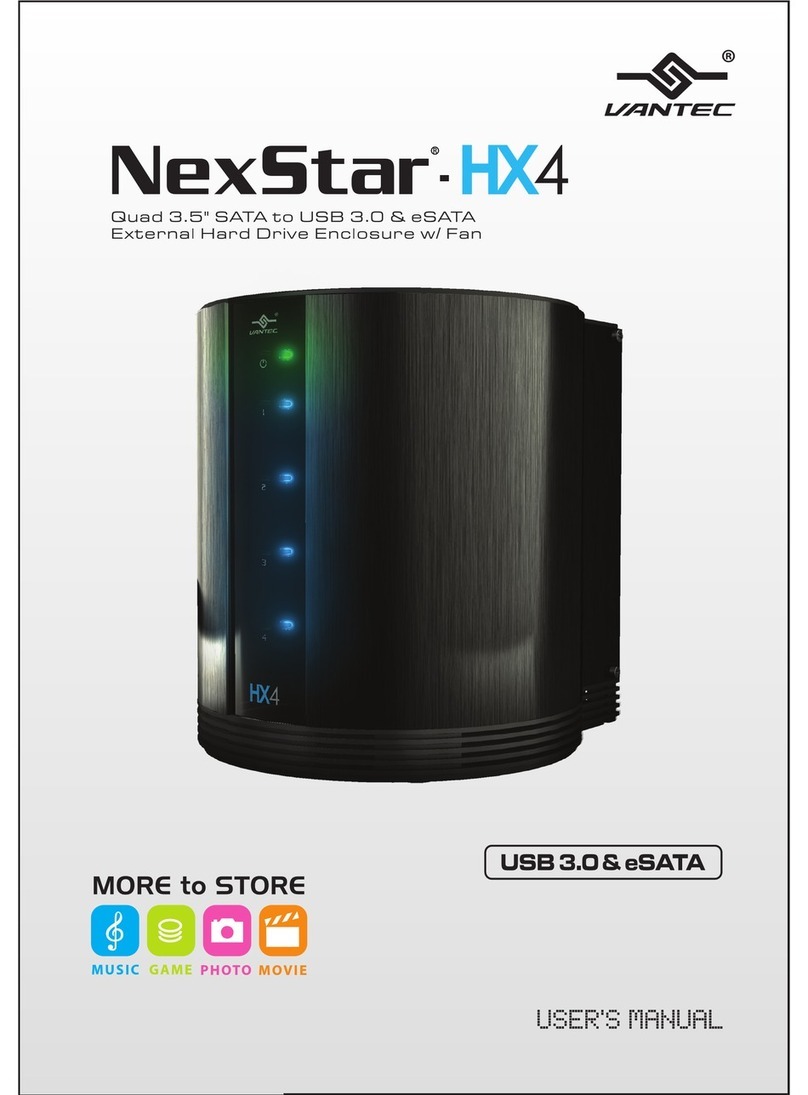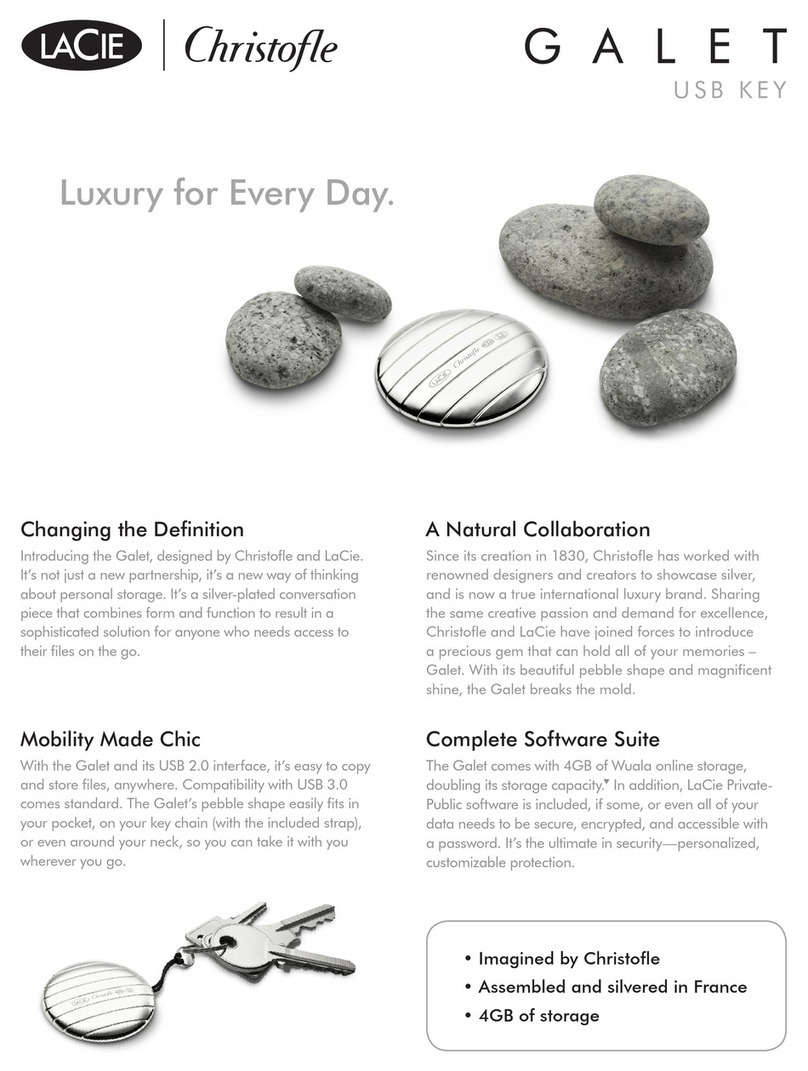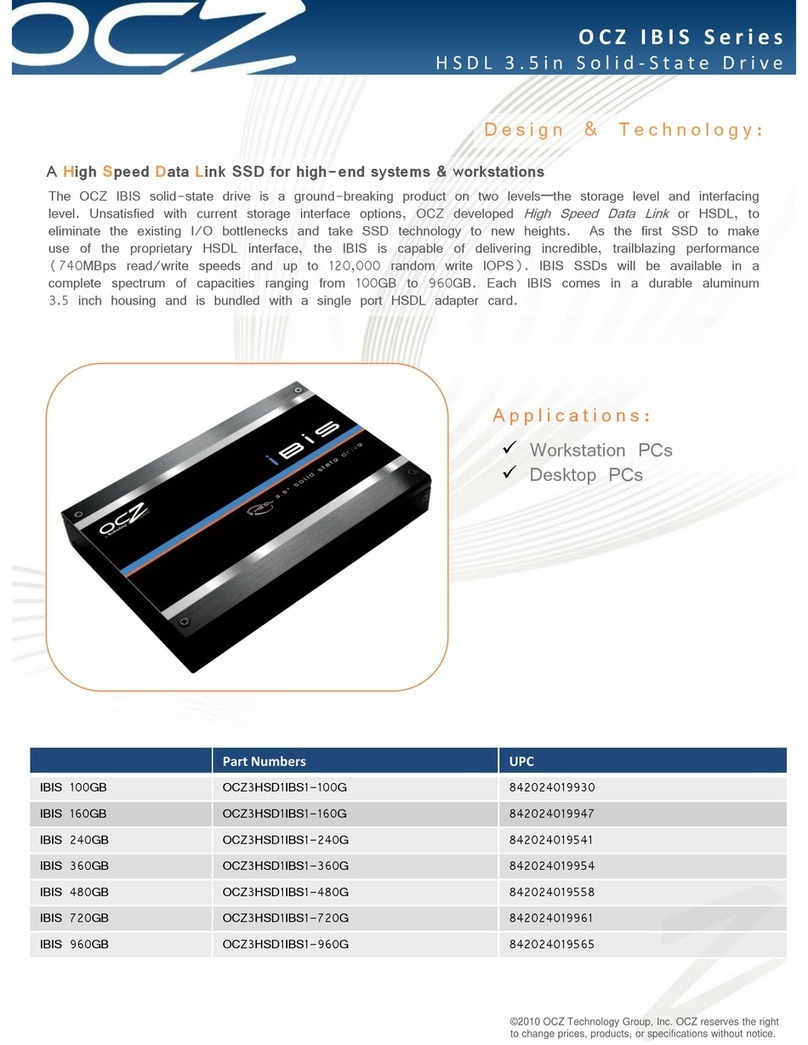CHART Perma-Cyl 230 User manual

Part Number 10961999 Rev. G
© 2018 Chart Inc.
Designed and Built by:
Chart Inc.
1300 Airport Dr.
Ball Ground, GA 30107 USA
(800) 400-4683
Product Manual
Perma-Cyl®MicroBulk Storage Systems
230/265/450/700/1000/1500/2000/3000


iii
Product Manual - Perma-Cyl®MicroBulk Storage Systems
Contents
Revision Log . . . . . . . . . . . . . . . . . . . . . . . . . . . . . . . . . . . . . . . . . . . . . . .v
Preface . . . . . . . . . . . . . . . . . . . . . . . . . . . . . . . . . . . . . . . . . . . . . . . . . . . . .1
General . . . . . . . . . . . . . . . . . . . . . . . . . . . . . . . . . . . . . . . . . . . . . . . . . .1
Product Benets . . . . . . . . . . . . . . . . . . . . . . . . . . . . . . . . . . . . . . . . . . . . . .1
Product Advantages . . . . . . . . . . . . . . . . . . . . . . . . . . . . . . . . . . . . . . . . . . . .1
Product Manual . . . . . . . . . . . . . . . . . . . . . . . . . . . . . . . . . . . . . . . . . . . . . .1
Terms . . . . . . . . . . . . . . . . . . . . . . . . . . . . . . . . . . . . . . . . . . . . . . . . . . .2
Acronyms / Abbreviations. . . . . . . . . . . . . . . . . . . . . . . . . . . . . . . . . . . . . . . . .2
Safety . . . . . . . . . . . . . . . . . . . . . . . . . . . . . . . . . . . . . . . . . . . . . . . . . . . . .3
General . . . . . . . . . . . . . . . . . . . . . . . . . . . . . . . . . . . . . . . . . . . . . . . . . .3
Safety Bulletin. . . . . . . . . . . . . . . . . . . . . . . . . . . . . . . . . . . . . . . . . . . . . . .3
Oxygen Decient Atmospheres . . . . . . . . . . . . . . . . . . . . . . . . . . . . . . . . . . . . . .4
Oxygen Cleaning . . . . . . . . . . . . . . . . . . . . . . . . . . . . . . . . . . . . . . . . . . . . .4
Oxygen Enriched Atmospheres . . . . . . . . . . . . . . . . . . . . . . . . . . . . . . . . . . . . . .5
Nitrogen and Argon . . . . . . . . . . . . . . . . . . . . . . . . . . . . . . . . . . . . . . . . . . . .5
Carbon Dioxide . . . . . . . . . . . . . . . . . . . . . . . . . . . . . . . . . . . . . . . . . . . . . .5
Personal Protective Equipment (PPE). . . . . . . . . . . . . . . . . . . . . . . . . . . . . . . . . . .6
Introduction/Operation. . . . . . . . . . . . . . . . . . . . . . . . . . . . . . . . . . . . . . . . . . . .7
General . . . . . . . . . . . . . . . . . . . . . . . . . . . . . . . . . . . . . . . . . . . . . . . . . .7
Initial Inspection. . . . . . . . . . . . . . . . . . . . . . . . . . . . . . . . . . . . . . . . . . . . . .7
Primary Plumbing Circuits . . . . . . . . . . . . . . . . . . . . . . . . . . . . . . . . . . . . . . . .7
Fill . . . . . . . . . . . . . . . . . . . . . . . . . . . . . . . . . . . . . . . . . . . . . . . . . .7
Pressure Build . . . . . . . . . . . . . . . . . . . . . . . . . . . . . . . . . . . . . . . . . . . .8
Economizer . . . . . . . . . . . . . . . . . . . . . . . . . . . . . . . . . . . . . . . . . . . . . .8
Liquid Use . . . . . . . . . . . . . . . . . . . . . . . . . . . . . . . . . . . . . . . . . . . . . .8
Gas Use . . . . . . . . . . . . . . . . . . . . . . . . . . . . . . . . . . . . . . . . . . . . . . . .9
Safety Circuit . . . . . . . . . . . . . . . . . . . . . . . . . . . . . . . . . . . . . . . . . . . .10
Vent/Full Trycock. . . . . . . . . . . . . . . . . . . . . . . . . . . . . . . . . . . . . . . . . .10
Other Piping Circuits and Components . . . . . . . . . . . . . . . . . . . . . . . . . . . . . . . . . 10
Phase Lines and Liquid Level Gauges . . . . . . . . . . . . . . . . . . . . . . . . . . . . . . . 10
Four-Way Valve. . . . . . . . . . . . . . . . . . . . . . . . . . . . . . . . . . . . . . . . . . .10
Pressure Gauge . . . . . . . . . . . . . . . . . . . . . . . . . . . . . . . . . . . . . . . . . . . 10
2000 and 3000 VHP Operation . . . . . . . . . . . . . . . . . . . . . . . . . . . . . . . . . . . . . 10
2000 and 3000 VHP Primary Plumbing Circuits . . . . . . . . . . . . . . . . . . . . . . . . . .10
Installation. . . . . . . . . . . . . . . . . . . . . . . . . . . . . . . . . . . . . . . . . . . . . . . . . .13
Installation Common Codes and Standards . . . . . . . . . . . . . . . . . . . . . . . . . . . . . . . 13
Conducting a Site Evaluation . . . . . . . . . . . . . . . . . . . . . . . . . . . . . . . . . . . . . . 13
Installation Tools and Supplies . . . . . . . . . . . . . . . . . . . . . . . . . . . . . . . . . . . . . 13
Supplies. . . . . . . . . . . . . . . . . . . . . . . . . . . . . . . . . . . . . . . . . . . . . . .13
Tools . . . . . . . . . . . . . . . . . . . . . . . . . . . . . . . . . . . . . . . . . . . . . . . . 13
Additional Required Supplies . . . . . . . . . . . . . . . . . . . . . . . . . . . . . . . . . . . 13
Indoor Installations . . . . . . . . . . . . . . . . . . . . . . . . . . . . . . . . . . . . . . . . . . . 14
Internally Sited / Filled Indoors / Pipe Out Safeties . . . . . . . . . . . . . . . . . . . . . . . . 14
Wall Box . . . . . . . . . . . . . . . . . . . . . . . . . . . . . . . . . . . . . . . . . . . . . . 14
Installation of Hoses and Lines . . . . . . . . . . . . . . . . . . . . . . . . . . . . . . . . . . . . . 15
General . . . . . . . . . . . . . . . . . . . . . . . . . . . . . . . . . . . . . . . . . . . . . . . 15
Line Connection to Fill Box Panel . . . . . . . . . . . . . . . . . . . . . . . . . . . . . . . . . 15
Bolting to Floor. . . . . . . . . . . . . . . . . . . . . . . . . . . . . . . . . . . . . . . . . . .16
Outdoor Installations . . . . . . . . . . . . . . . . . . . . . . . . . . . . . . . . . . . . . . . . . . 17
Externally Sited / Gas Use Indoors . . . . . . . . . . . . . . . . . . . . . . . . . . . . . . . . .17
Outdoor Installation Schematic. . . . . . . . . . . . . . . . . . . . . . . . . . . . . . . . . . .17

iv
Table of Contents Product Manual - Perma-Cyl®MicroBulk Storage Systems
First Fill/Purge Procedure, ASME: . . . . . . . . . . . . . . . . . . . . . . . . . . . . . . . . . . . 18
Purging the Tank Prior to Filling . . . . . . . . . . . . . . . . . . . . . . . . . . . . . . . . . . 18
First Fill Procedure . . . . . . . . . . . . . . . . . . . . . . . . . . . . . . . . . . . . . . . . . 18
Filling the Tank After the Cool Down Process is Complete . . . . . . . . . . . . . . . . . . . . 18
Filling Procedures, DOT: . . . . . . . . . . . . . . . . . . . . . . . . . . . . . . . . . . . . . . . . 19
Filling Weight Tables . . . . . . . . . . . . . . . . . . . . . . . . . . . . . . . . . . . . . . . . . . 19
Troubleshooting . . . . . . . . . . . . . . . . . . . . . . . . . . . . . . . . . . . . . . . . . . . . . . .21
Specications . . . . . . . . . . . . . . . . . . . . . . . . . . . . . . . . . . . . . . . . . . . . . . . . 27
Illustrations & Parts Listing . . . . . . . . . . . . . . . . . . . . . . . . . . . . . . . . . . . . . . . . 29
Perma-Cyl 230/265 LCCM Schematics. . . . . . . . . . . . . . . . . . . . . . . . . . . . . . . . .29
Parts List . . . . . . . . . . . . . . . . . . . . . . . . . . . . . . . . . . . . . . . . . . . . . . 29
Perma-Cyl 230/265 DOT LCCM Round Base Top View . . . . . . . . . . . . . . . . . . . . . . . .30
Perma-Cyl 230/265 DOT LCCM Square Base Top View. . . . . . . . . . . . . . . . . . . . . . . .30
Congure to Order. . . . . . . . . . . . . . . . . . . . . . . . . . . . . . . . . . . . . . . . . . . .31
Conguration 01 - Perma-Cyl 230/450/700/1000 MP/HP, 450/1000 VHP, 1500 HP . . . . . . . 31
Conguration 02 - Perma-Cyl 230/450/700/1000 MP/HP, 450/1000VHP, 1500 HP . . . . . . . 32
Conguration 03 - Perma-Cyl 450/700/1000 MP/HP, 450/1000VHP, 1500 HP . . . . . . . . . .32
Conguration 04 - Perma-Cyl 450/700/1000 MP/HP, 450/1000 VHP, 1500 HP. . . . . . . . . .33
Conguration 05 - Perma-Cyl 450/700/1000 MP/HP, 450/1000VHP, 1500 HP . . . . . . . . . .33
Conguration 07 - Perma-Cyl 1000 VHP, 1500 VHP . . . . . . . . . . . . . . . . . . . . . . . 34
Conguration 02 - Perma-Cyl 1500 VHP . . . . . . . . . . . . . . . . . . . . . . . . . . . . . 34
Conguration 03 - Perma-Cyl 1500 VHP . . . . . . . . . . . . . . . . . . . . . . . . . . . . . 35
Perma-Cyl 230-01 Chart Standard. . . . . . . . . . . . . . . . . . . . . . . . . . . . . . . . . . . .36
Perma-Cyl 230-02 Cyl-Tel®Liquid Level Gauge Service Valve . . . . . . . . . . . . . . . . . . . . 36
Perma-Cyl 450/700-01 Chart Standard . . . . . . . . . . . . . . . . . . . . . . . . . . . . . . . . . 37
Perma-Cyl 450/700-02 Cyl-Tel®Liquid Level Gauge Service Valve. . . . . . . . . . . . . . . . . .37
Perma-Cyl 450/700-03 Service Valves & High Pressure . . . . . . . . . . . . . . . . . . . . . . . . 38
Perma-Cyl 450/700-04 Low Pressure Liquid . . . . . . . . . . . . . . . . . . . . . . . . . . . . . . 38
Perma-Cyl 450/700-05 CO2Service . . . . . . . . . . . . . . . . . . . . . . . . . . . . . . . . . . 39
Perma-Cyl 230/450/700 Standard Parts List: . . . . . . . . . . . . . . . . . . . . . . . . . . . . . . 40
Perma-Cyl 230/450/700 Options: . . . . . . . . . . . . . . . . . . . . . . . . . . . . . . . . . . . . 40
Perma-Cyl 1000-01 Chart Standard . . . . . . . . . . . . . . . . . . . . . . . . . . . . . . . . . . .41
Perma-Cyl 1000-02 Cyl-Tel®Liquid Level Gauge Service Valve . . . . . . . . . . . . . . . . . . . 41
Perma-Cyl 1000-03 Service Valves & High Pressure. . . . . . . . . . . . . . . . . . . . . . . . . .42
Perma-Cyl 1000-04 Low Pressure Liquid. . . . . . . . . . . . . . . . . . . . . . . . . . . . . . . .42
Perma-Cyl 1000-05 CO2Service . . . . . . . . . . . . . . . . . . . . . . . . . . . . . . . . . . . . 43
Perma-Cyl 1000-07 ZX Super-Charged PB . . . . . . . . . . . . . . . . . . . . . . . . . . . . . . .44
Perma-Cyl 1000 Standard Parts List: . . . . . . . . . . . . . . . . . . . . . . . . . . . . . . . . . . 45
Perma-Cyl 1000 Options: . . . . . . . . . . . . . . . . . . . . . . . . . . . . . . . . . . . . . . . . 45
Perma-Cyl 1500 HP-02 Cyl-Tel®Liquid Level Gauge Service Valve . . . . . . . . . . . . . . . . . 46
Perma-Cyl 1500 HP-03 Service Valves & High Pressure. . . . . . . . . . . . . . . . . . . . . . . .46
Perma-Cyl 1500 HP-04 Low Pressure Liquid. . . . . . . . . . . . . . . . . . . . . . . . . . . . . .47
Perma-Cyl 1500 HP-05 CO2Service . . . . . . . . . . . . . . . . . . . . . . . . . . . . . . . . . . 47
Perma-Cyl 1500 HP Standard Parts List: . . . . . . . . . . . . . . . . . . . . . . . . . . . . . . . . 48
Perma-Cyl 1500 HP Options: . . . . . . . . . . . . . . . . . . . . . . . . . . . . . . . . . . . . . . 48
Perma-Cyl 1500 VHP-02 Cyl-Tel®Liquid Level Gauge Service Valve . . . . . . . . . . . . . . . . 49
Perma-Cyl 1500 VHP-03 Service Valves & High Pressure . . . . . . . . . . . . . . . . . . . . . . .49
Perma-Cyl 1500 VHP-07 ZX Super-Charged PB . . . . . . . . . . . . . . . . . . . . . . . . . . . .50
Perma-Cyl 1500 VHP Standard Parts List: . . . . . . . . . . . . . . . . . . . . . . . . . . . . . . . 50
Perma-Cyl 1500 VHP Options: . . . . . . . . . . . . . . . . . . . . . . . . . . . . . . . . . . . . . 50
Perma-Cyl 2000/3000 HP Plumbing Components . . . . . . . . . . . . . . . . . . . . . . . . . . . 51
Perma-Cyl 2000/3000 HP Parts List: . . . . . . . . . . . . . . . . . . . . . . . . . . . . . . . . . . 51
Perma-Cyl 2000/3000 HP Standard Product Connections: . . . . . . . . . . . . . . . . . . . . . . . 51
Perma-Cyl 2000 VHP Plumbing Components . . . . . . . . . . . . . . . . . . . . . . . . . . . . . 52
Perma-Cyl 2000 VHP Parts List: . . . . . . . . . . . . . . . . . . . . . . . . . . . . . . . . . . . . 52

v
Table of ContentsProduct Manual - Perma-Cyl®MicroBulk Storage Systems
Revision Log
Revision Level Date Description
A 06/20/2001 Correct part number on pages 20 and 21, item number 8 from 10746447 to
11488591
B 04/02/2002 Updated Perma-Cyl line for congured to order
C 10/01/2003 General Update
D 10/31/2005 Replace 5-way valve 11627651 with 11939013 per ECO#12252
E 05/26/2015 Combine Operation and Installation Manuals into one Product Manual. Also
include PN 11630833, 14422722 and 11869772 in this Product Manual.
F 08/14/2015 Remove obsolete part numbers from Illustrations and Parts Listing section, add
PPE information to Safety section.
G 08/21/2018 Updated Specication table, remove 300 information
Perma-Cyl 2000 VHP Standard Product Connections: . . . . . . . . . . . . . . . . . . . . . . . . . 52
Perma-Cyl 3000 VHP Plumbing Components . . . . . . . . . . . . . . . . . . . . . . . . . . . . . 53
Perma-Cyl 3000 VHP Parts List: . . . . . . . . . . . . . . . . . . . . . . . . . . . . . . . . . . . . 53
Perma-Cyl 3000 VHP Standard Product Connections: . . . . . . . . . . . . . . . . . . . . . . . . . 53
Warranty . . . . . . . . . . . . . . . . . . . . . . . . . . . . . . . . . . . . . . . . . . . . . . . . . . 55
Chart Packaged Gas Products Warranty Policy . . . . . . . . . . . . . . . . . . . . . . . . . . . . . 55
This manual suits for next models
7
Table of contents
Other CHART Storage manuals
